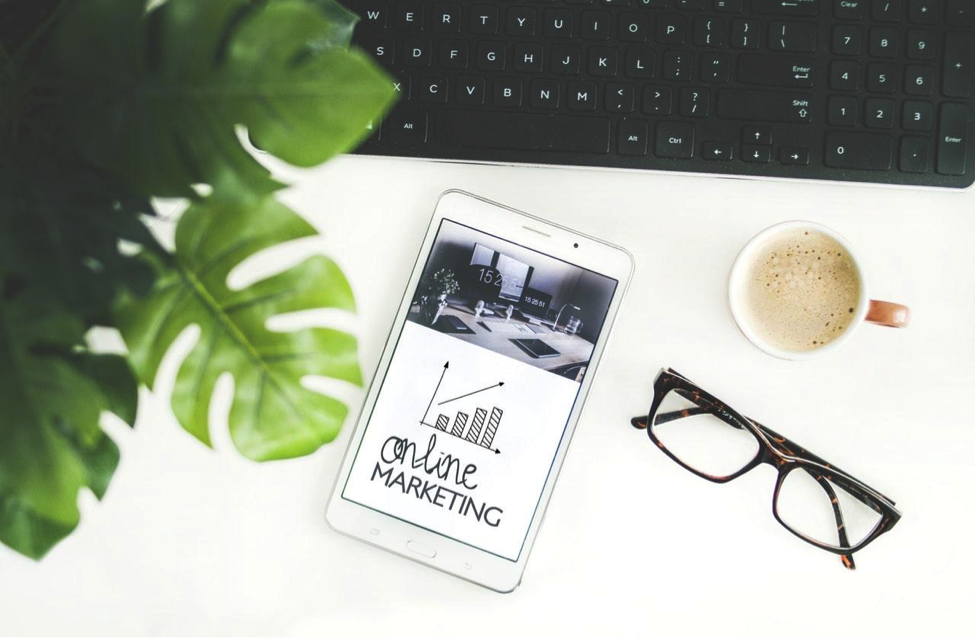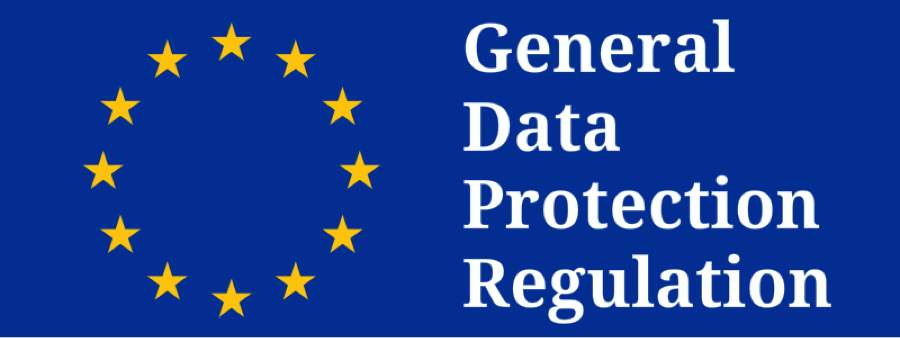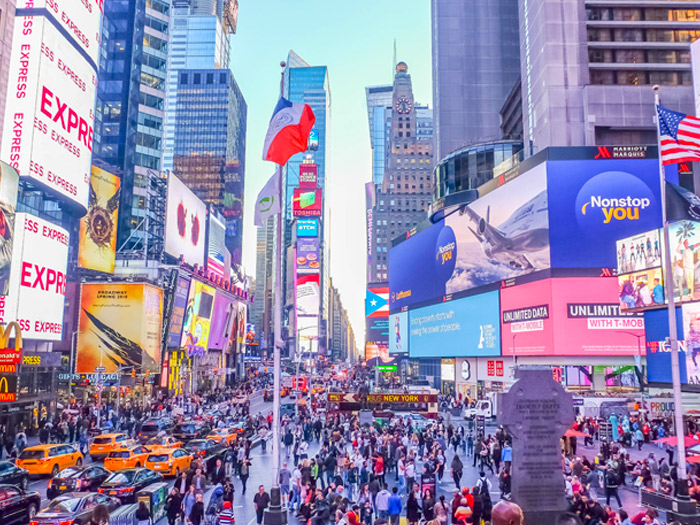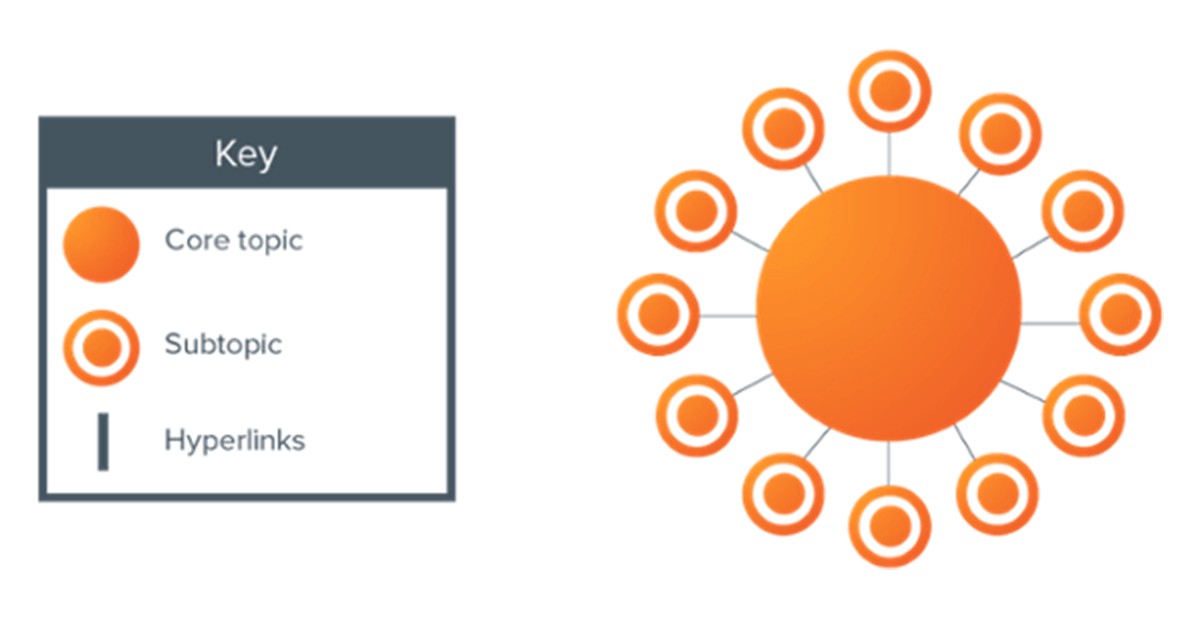6 Types Of Videos Every Startup Should Get
July 18, 2018
Tips for A Successful Guest Blog Strategy
June 20, 2018
How to Use Content Marketing to Drive Leads
June 8, 2018
Opt-in Landing Pages with GDPR
June 8, 2018
The Value of Discoverable, Shareable, and Useful Content
April 21, 2018
How to turn one great piece of visual content into many!
April 16, 2018








